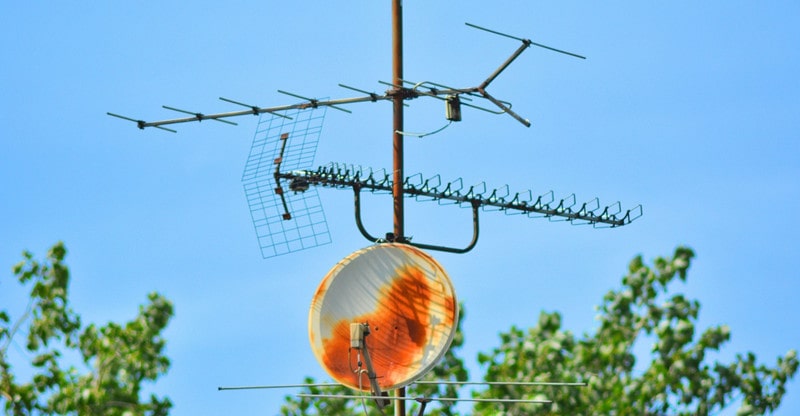How to Pick a Good Outdoor HDTV Antenna Easily
Digital TV antennas have greatly evolved since the olden days where antennas would be placed on top of TVs and we would manually attempt to adjust it in order to establish a great connection.
Over-the-air television is the term used to define television signals that are transmitted by your local television transmitter. These signals have been transmitted using digital signals for the past decade, contrarily to the analog signals, used previously.
One of the current ways to pick up your local stations is by having an HDTV built-in digital tuner. This feature allows picture resolutions significantly higher than previously used technologies.
What to Consider Before Choosing an Antenna
If you have embarked on a journey researching for the best antenna to get, you must have realized already that the current market offers you a diverse range to choose from. You can browse here for the top choices currently available in the market.
Antennas differ in shapes and sizes, each intended for a particular situation, therefore it is vital that you complete a thorough research before you decide on the one that would suit your needs the best.
Installation
You should consider this before anything else and you will most likely be the one to install your TV antenna in your home, so as a consumer it is crucial that you are aware of your safety when you are installing your antenna. Ensure that there is someone else around to support you in case an accident happens.
It should go without saying that you should not install an antenna if the weather is not good. After all, many aerial installation companies offer repairing a damaged aerial cable.
Expenses
Prices for antennas vary considerably, the simpler the design, the less costly it is. However, don’t just focus on the price you also need to consider the quality. What I mean is not all inexpensive products are safe to use, sometimes they can cause accidents.
Location
Your home’s location will also have an impact on the signal your antenna is able to receive. If you live in a house or apartment, an outdoor antenna is superior, as indoor antennas may cause some challenges.
Features to Consider
Indoor vs Outdoor
When it comes to antennas, you can choose from indoor or outdoor ones. Indoor antennas are usually smaller and lighter and are simple to connect to the TV. Whilst this antenna is often placed near the TV for convenience, it will receive a better connection if it is placed close to a window. Outdoor antennas are usually much larger and are developed specifically to be placed on the roof.
Overall, the larger the HDTV antenna’s surface area, the stronger the signal it will offer. For this reason, outdoor antennas are usually superior to even the best indoor antennas. Not only indoor antennas are inferior in size, but they are also inferior in height and the signal they provide can be negatively impacted by the walls of a house and even by minor obstructions such as people walking past.
Outdoor antennas also have an increased range signal, making it best suited for individuals living in suburban and rural areas, when installed on the roof of a house.
Directional vs Multi-Directional
Antennas can be described as either directional or multi-directional. Directional antennas are developed with specific features to receive signals from one direction. Multi-Directional antennas allow for the reception of signals in multiple directions.
Directional HD antennas are superior as they have the capability to receive signals from greater distances, and because they focus on just one direction they are resilient to resist noise and other distortion, whereas a multidirectional antenna will pick up more noise, distortion and interference, making single direction antennas the superior choice.
Amplified vs Non-Amplified
It is possible to improve an antenna’s reception despite any size or height disadvantages by amplifying the signal. This would be achieved through an amplifier. This additional device is often added to indoor antennas, but if your antenna does not already come with this built-in, you can purchase and add this individually.
The majority of experts advise that amplifiers are only used if absolutely necessary due to potential disadvantages that come with this. Such as amplification of noise that is received along with the signal, and they can be overdriven by strong signals, which in turn can significantly reduce reception.
If you want to receive a better image resolution and sound quality, considering the information above should support you in making an informed decision. At the end of the day, being well informed and choosing the right antenna will prevent you from spending additional money and it will allow you to receive the best transmission quality you desire.



